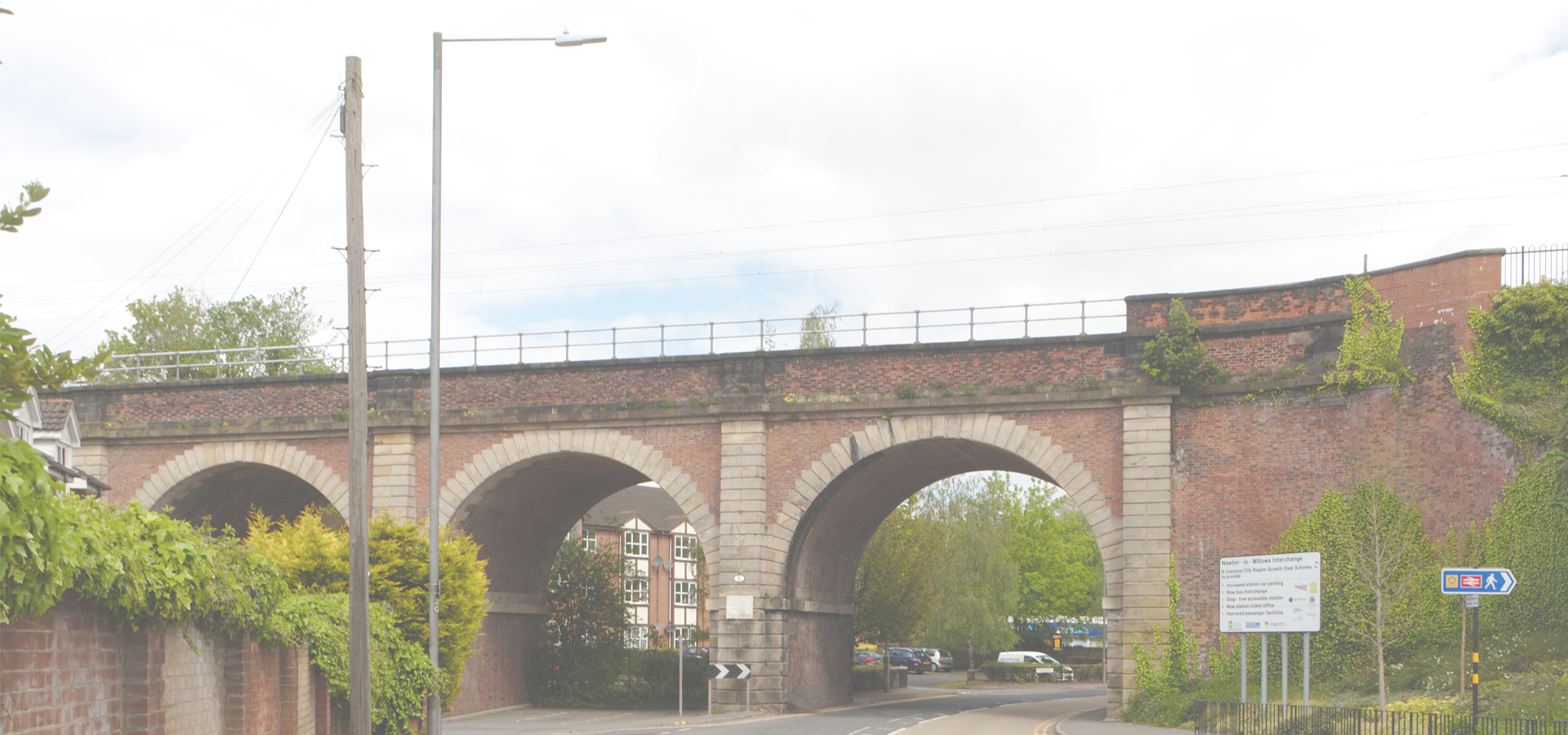🏴 Architect Segar Owen is associated with Newton-le-Willows. He was elected a Fellow of the Royal Institute of British Architects in 1906.
Newton-le-Willows, Metropolitan Borough of St. Helens, England, United Kingdom
🏴 Newton-le-Willows is a market town in the Metropolitan Borough of St Helens, in Merseyside, England. Newton-le-Willows is on the eastern edge of St Helens, south of Wigan and north of Warrington.
The Newton township was historically largely pastoral lands, with the mining industry encroaching from the north and the west as time went on. The township (often referred to as Newton in Makersfield at that time) is documented since at least the 12th century. In the early 19th century the township saw significant urban development to support the construction of the Liverpool and Manchester Railway. The presence of the Sankey Canal running through the Sankey Valley necessitated the construction of the Sankey Viaduct by George Stephenson, and the town of Earlestown developed around the industrial works there. Earlestown gradually became the administrative and commercial centre of the township, with the historic market and fairs moving to a purpose built square.
The town is part of the historic county of Lancashire.
Newton-le-Willows is located off the A580 East Lancashire Road between Liverpool and Manchester in north-west England. It is in the east of the Metropolitan Borough of St Helens in Merseyside, near to the border with Wigan in Greater Manchester. To the south is the Borough of Warrington in Cheshire. The wider built-up area of Newton-le-Willows includes Earlestown and areas of Wargrave and Vulcan Village.
Transport The M6 and M62 motorways and A580 East Lancashire Road pass close to the town. This has helped Newton become an important commuter town now that most of its industry has gone. There have been many new housing estates built around the outskirts of the town.
The Sankey Canal passes through the town and is crossed, on the Sankey Viaduct, by the world's first passenger railway, also within the boundaries of the town.
Newton-le-Willows and Earlestown railway stations have a regional service with regular trains running to Liverpool and Manchester, St Helens, Warrington, Chester, West Yorkshire and along the North Wales coast to Llandudno. Earlestown is a very large station for the size of the town, with 5 platforms. On platform 2 is the old waiting room, regarded as one of the oldest remaining railway buildings.
There is a small bus station in Tamworth Street, with a number of bus routes running around the town, and out of town services connecting neighbouring Burtonwood, Haydock, Ashton-in-Makerfield, Lowton, Garswood and major towns of Warrington, St. Helens, Wigan and Leigh.
Europe/London/St_Helens/Newton-le-Willows

Newton-le-Willows has a population of over 21,782 people. Newton-le-Willows also forms part of the wider St Helens District which has a population of over 180,585 people. It is also a part of the larger Merseyside area. Newton-le-Willows is situated 9 km east of St Helens.
-
Segar Owen |
-
Walter Henry Brierley |
🏴 Architect Walter Henry Brierley is associated with Newton-le-Willows. Brierley was elected a Fellow of the Royal Society of British Architects (FRIBA) in 1906.
-
William Owen |
🏴 Architect William Owen is associated with Newton-le-Willows. In the 1880s Owen developed a friendship with the industrialist William Lever.
-
Henry Bloomfield Bare |
🏴 Architect Henry Bloomfield Bare is associated with Newton-le-Willows. From 1866 to 1876 he worked for the London and North Western Railway.
🏴 Manchester 53.467
🏴 Ashton-under-Lyne 53.489
🏴 Ashton Under Lyne 53.49
🇧🇾 Marjina Horka 53.5
🇩🇪 Geesthacht 53.443
🇵🇱 Nowe Miasto Lubawskie 53.42
🇪🇸 Roquetas de Mar -2.6
🏴 Warrington -2.59
🏴 Shepton Mallet -2.547
🇬🇬 St Peter Port -2.537
Locations Near: Newton-le-Willows -2.6479,53.4588
🏴 Wigan -2.633,53.545 d: 9.6
🏴 Warrington -2.59,53.39 d: 8.6
🏴 St Helens -2.75,53.451 d: 6.8
🏴 Widnes -2.733,53.374 d: 11
🏴 Runcorn -2.733,53.333 d: 15.1
🏴 Skelmersdale -2.776,53.549 d: 13.1
🏴 Chorley -2.632,53.653 d: 21.6
🏴 Knowsley -2.853,53.457 d: 13.6
Antipodal to: Newton-le-Willows 177.352,-53.459
🇳🇿 Dunedin 170.474,-45.884 d: 19039.1
🇳🇿 Christchurch 172.617,-43.517 d: 18856.5
🇳🇿 Invercargill 168.373,-46.413 d: 19003.3
🇳🇿 Canterbury 171.58,-43.543 d: 18834.3
🇳🇿 Queenstown 168.658,-45.033 d: 18887.2
🇳🇿 Wellington 174.767,-41.283 d: 18647.5
🇳🇿 Hutt 174.917,-41.217 d: 18641.7
🇳🇿 Lower Hutt 174.917,-41.217 d: 18641.7
🇳🇿 Upper Hutt 175.05,-41.133 d: 18633.8